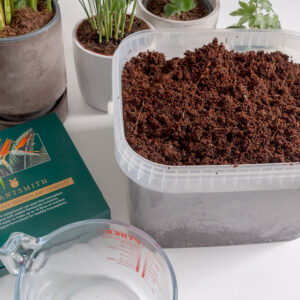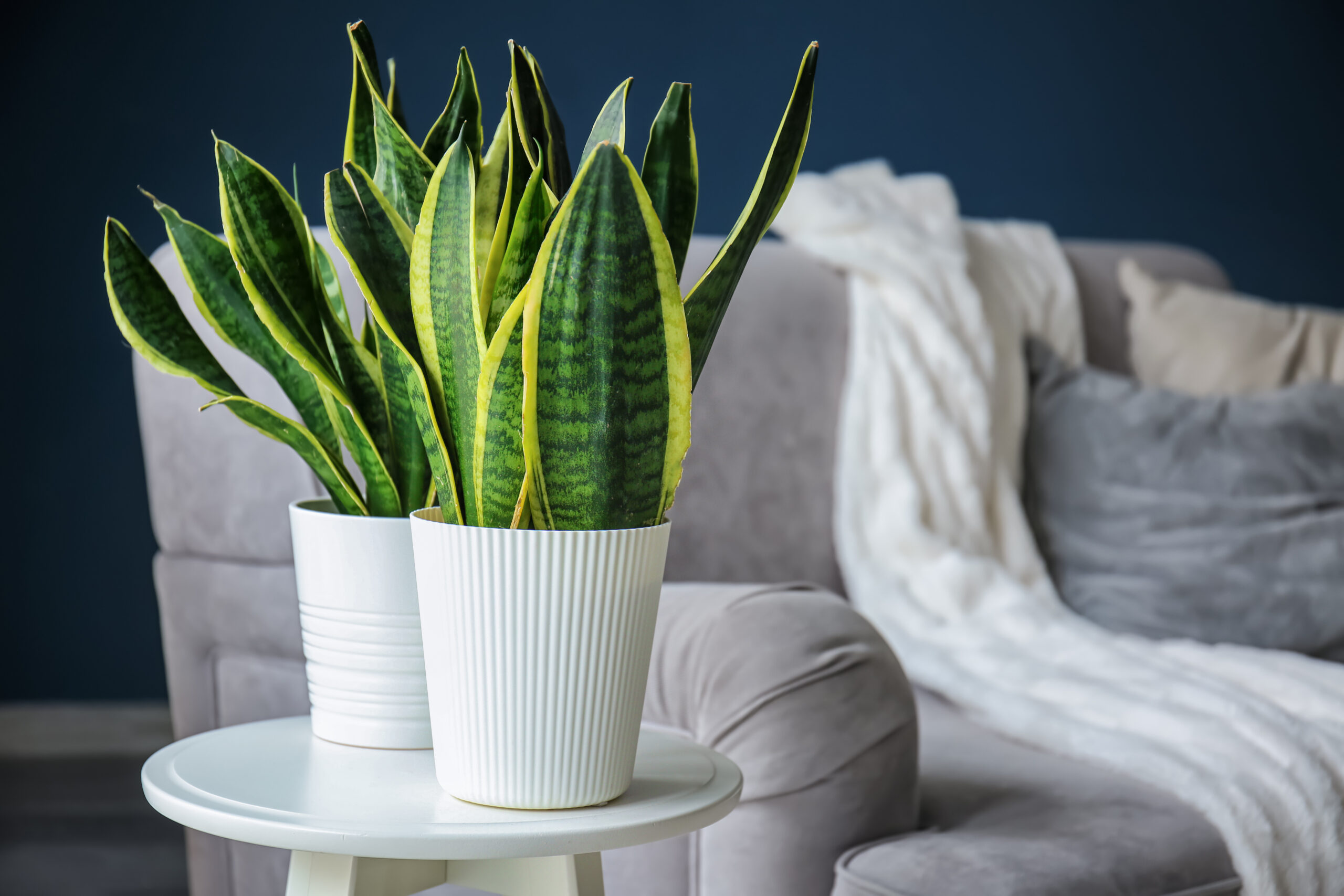Look in old houseplant books and you’ll often find this succulent listed as mother-in-law’s tongue on account of its long, pointed leaves. These days it goes by the far more politically correct name of snake plant because of the shape of the leaves and snakeskin like markings that can be found on some varieties.
Forming large clumps over time, snake plant has erect, lance-shaped leaves that have the potential to grow to 4ft or more, depending on variety. These easy to look after plants sometimes produce flower stalks from the base that are covered in lots of tiny white flowers – these are scented, and particularly potent at night.
Where’s it from?
Snake plants come from tropical parts of West Africa, where they can be found in arid, rocky habitats. Known botanically as Sanseveria trifasciata, plants were named by Swedish botanist Carl Thunberg in honour of Raimondo di Sangro, Prince of Sansevero, an 18th century Italian scientist and inventor.
Lots of choice
There are many different types of snake plant. Straight Sanseveria trifasciata has leaves that are banded and marbled, light and dark green, while popular S. trifasciata ‘Laurentii’ has leaves adorned with broad yellow margins. S. trifasciata ‘Silver Flame’ boasts broad leaves with silver mottled edges and S. trifasciata ‘Silver Hahnii’ only grows to 17.5cm (7in) and has leaves banded silver.
Health qualities
In a study carried out by NASA, snake plant was found to be useful at removing pollutants from the air, such as benzene, formaldehyde and xylene. As a bonus, the plants stomata (small pores) open at night, releasing oxygen, which makes it a great specimen for placing in a bedroom.
How to grow
Snake plants are among the easiest houseplants to grow. They are not particularly fussy when it comes to light and can cope with sun and partial shade, although a brightly lit spot with no direct sunshine, such as a north-facing windowsill, will deliver the best results.
Due to their far-flung origins, these plants are extremely drought tolerant. During spring and summer, aim to give them a drink whenever the compost is dry. In winter, kick them ticking over by watering about once a month. Only move plants into bigger pots when the roots are close to being congested.








